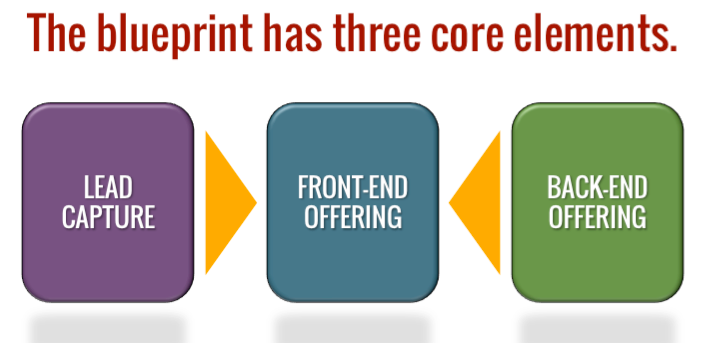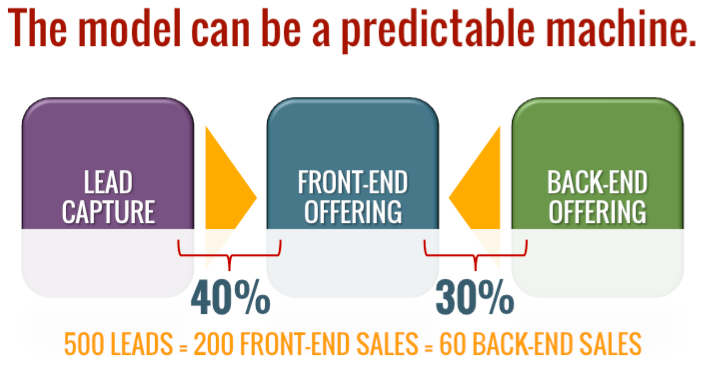INTBU
< Click for Menu >

International Bureau of Understanding
2784
119
250
22815
Mentors
48 million+
Associates
Countries Involved
Read more ...
Read more ...
Read more ...
Steering
Committees
Members
Read more ...
Read more ...
Understanding The Infopreneurial Blueprint
It’s no secret that in any business creating a well-thought-out product plan can make a huge difference in the level of success you can ultimately achieve. With a solid plan you’ll be able to move forward quickly and confidently, knowing that you’ve thought things through to avoid major mistakes and setbacks.
INTBU recommends following this simple blueprint that has helped thousands of infopreneurs monetize their knowledge over the years.
INTBU recommends following this simple blueprint that has helped thousands of infopreneurs monetize their knowledge over the years.

Lead Capturing
When thinking of a lead, think of someone who is interested in your product but not quite ready to buy (they are also called prospects). They could be interested in solving a problem or in whatever you’re trying to teach them. However, they are not convinced they want to spend the money yet. The last thing you want to do is let these people leave and just hope that they’ll come back and buy later.
What you really want is for the prospect to provide their name and email address so you can cultivate their interest and likelihood of buying by sending them information over time. This cultivation process builds trust with the prospect so that they will hopefully be comfortable enough to buy from you in the future.
A typical lead capture offer will give the prospect some piece of relevant and valuable information in exchange for their name and email address. There are many types of lead capture offers. It could be a free report, newsletter, or video.
All in all, your lead capture is a free offer that provides you with the customer’s email address. You’re then able to send follow-up messages to the prospect so they can get a better feel for your expertise and credibility. By offering this first, you will ultimately generate many more sales.
What you really want is for the prospect to provide their name and email address so you can cultivate their interest and likelihood of buying by sending them information over time. This cultivation process builds trust with the prospect so that they will hopefully be comfortable enough to buy from you in the future.
A typical lead capture offer will give the prospect some piece of relevant and valuable information in exchange for their name and email address. There are many types of lead capture offers. It could be a free report, newsletter, or video.
All in all, your lead capture is a free offer that provides you with the customer’s email address. You’re then able to send follow-up messages to the prospect so they can get a better feel for your expertise and credibility. By offering this first, you will ultimately generate many more sales.
Front-End Offerings
The second element in the proven blueprint is the front-end offering. This is typically the most visible product for sale, and the one prospects will likely buy first. It's at the "front end" of the buying relationship. It’s often the product you’ll see most prominently displayed when you study any infopreneur’s business.
Your front-end offering could be an e-book, manual, or how-to video. Front-end products are usually in the low to medium price range. It’s important to make sure your front-end offerings provide a really good value for the price. Customers should feel like their money was well spent after purchasing a front-end product. Satisfied customers are far more likely to buy your back-end products.
Your front-end offering could be an e-book, manual, or how-to video. Front-end products are usually in the low to medium price range. It’s important to make sure your front-end offerings provide a really good value for the price. Customers should feel like their money was well spent after purchasing a front-end product. Satisfied customers are far more likely to buy your back-end products.
Back-End Offerings
Back-end products are most often promoted to buyers of the front-end product. They allow customers to pay more to get more - more information, deeper information, more access to you, and so on. Back-end offerings are usually more expensive than front-end offerings, and they can include things like monthly members-only programs, access to training video libraries, or subscriptions.
Of course, only a small percentage of customers will want to pay more to get more. However, it doesn’t take very many buyers to generate a lot of money with back-end products. In fact, most successful infopreneurs make most of their money on the back-end.
Infopreneurs should strive to have a continuity program as their back-end offering. This is usually a monthly subscription or other program where customers agree to a series of recurring purchases. If it’s appropriate for your niche, you should try to have a continuity program because it provides a steady and predictable stream of income. As you add subscribers, you’re not only adding to your income for this month, but for every month in the future.
At INTBU, infopreneurs with continuity programs make three times more money than those just offering front-end products.
Of course, only a small percentage of customers will want to pay more to get more. However, it doesn’t take very many buyers to generate a lot of money with back-end products. In fact, most successful infopreneurs make most of their money on the back-end.
Infopreneurs should strive to have a continuity program as their back-end offering. This is usually a monthly subscription or other program where customers agree to a series of recurring purchases. If it’s appropriate for your niche, you should try to have a continuity program because it provides a steady and predictable stream of income. As you add subscribers, you’re not only adding to your income for this month, but for every month in the future.
At INTBU, infopreneurs with continuity programs make three times more money than those just offering front-end products.
The Model Is Predictable

Lead capture is all about wooing prospects:
- For prospects who are not ready to buy
- Offers a free piece of related information
- Asks for a name and email address
- Acts as a “sample" of you and your info
- Generally results in 15-25% more sales
Back-end offerings let people buy more:
- Often available to existing customers only
- Allows customers to pay more to get more
- Usually more expensive than front-ends
- Purchased by a small portion of customers
- Generally accounts for 40-60% of profits
Front-end offerings start people buying:
- Generally the first product purchased
- Converts prospects/leads into customers
- Often priced in the low to medium range
- The lynchpin of an information business
- Provides lots of value. But not everything
Next Page >> How To Select A Topic Or Niche >>